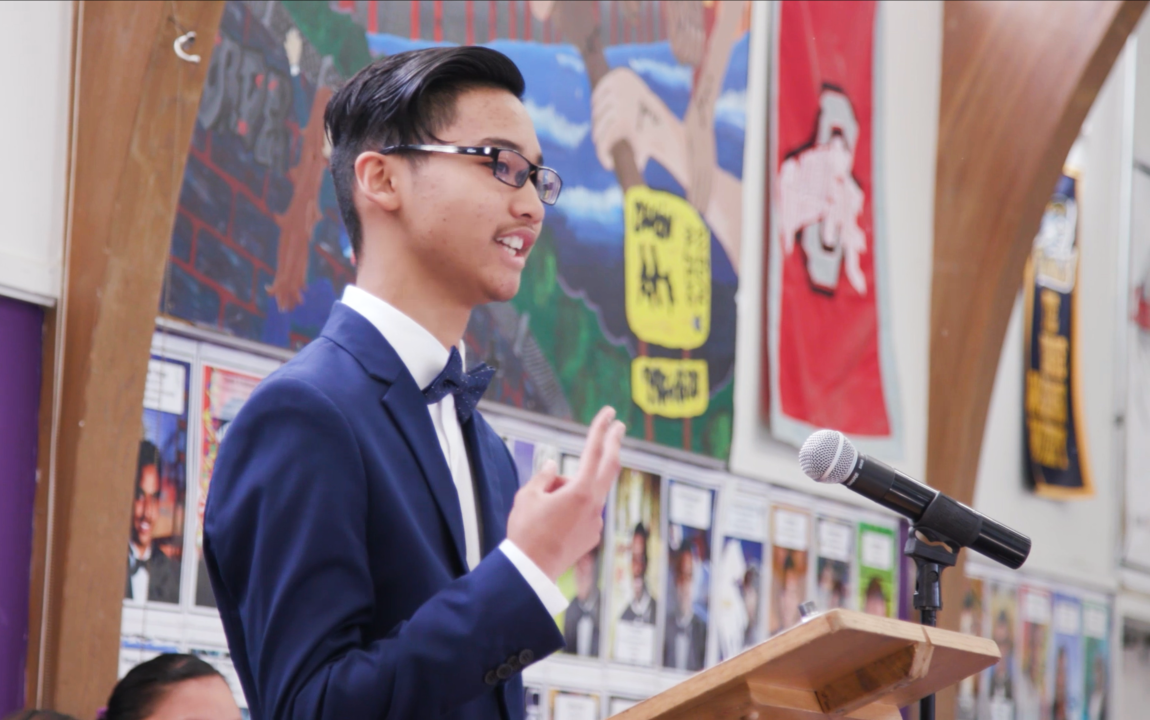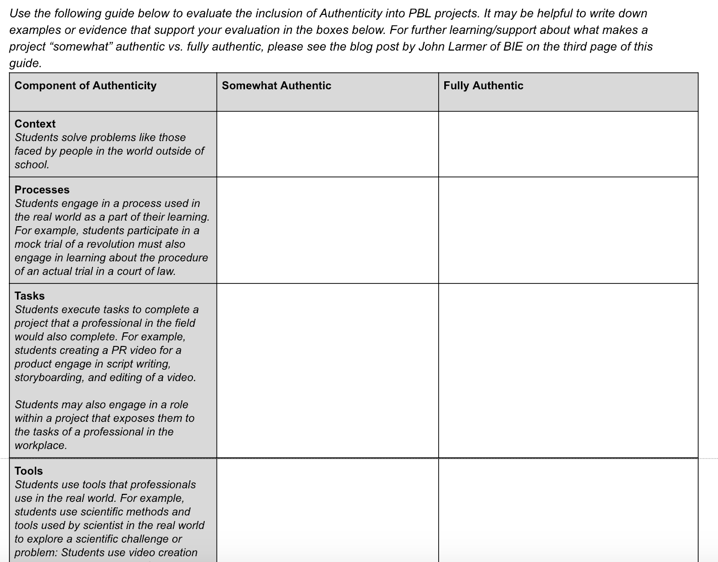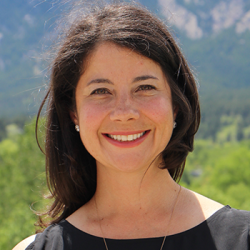
In my work with schools that are implementing Project Based Learning, I often hear teachers and leaders ask, “How authentic is our PBL?”. At the root of this question is the nebulousness of the term. “Authentic Learning” is one of those terms that gets tossed around a lot in education. In order for us to make discussions around authenticity a bit more concrete, we have to answer a few critical questions:
- What does “authenticity” mean?
- In what ways can a project be authentic?
- Just how “authentic” are our PBL units?
Meadowlark School is one of our new schools in the Boulder Valley School District in Colorado. The school has taken on implementing a number of initiatives that our district has researched and consider to be promising practices for challenging, relevant, and engaging learning. One of those promising practices is High Quality Project Based Learning. In my role with the district, I am fortunate to work with the amazing staff and administration in this school. They are in their second year of operation, and I periodically support their professional learning. Last December, I worked with Morgan O’Brien and Sarah Mattison (teacher leaders) to plan a two-hour professional learning session as a part of our ongoing support in PBL for teachers this year.
Sarah and Morgan said many of the staff were interested in exploring how well their projects engage students in authentic learning experiences that make an impact on the world outside the classroom. (Whether in their school, local community, or the larger world).
Defining Authenticity for Ourselves
As we began to plan, we considered using tools already available through PBLWorks. We decided it was important first to define what we mean by “authenticity.” We found support for this in the article, “Gold Standard: Essential Project Design Elements” by John Larmer and John Mergendoller. The article describes the Element of Authenticity in the following way:
When people say something is authentic, they generally mean it is real or genuine, not fake. In education, the concept has to do with how “real-world” the learning or the task is. Authenticity increases student motivation and learning. A project can be authentic in several ways, often in combination. It can have an authentic context, such as when students solve problems like those faced by people in the world outside of school (e.g., entrepreneurs developing a business plan, engineers designing a bridge, or advisors to the President recommending policy). It can involve the use of real-world processes, tasks and tools, and performance standards, such as when students plan an experimental investigation or use digital editing software to produce videos approaching professional quality. It can have a real impact on others, such as when students address a need in their school or community (e.g., designing and building a school garden, improving a community park, helping local immigrants) or create something that will be used or experienced by others. Finally, a project can have personal authenticity when it speaks to students’ own concerns, interests, cultures, identities, and issues in their lives.
We also reviewed PBLWorks’ Project Design Rubric to see if it might help us to establish a better way to evaluate our projects for authenticity. While the rubric provides a good baseline, we felt like we needed a tool that broke out the different components of authenticity referenced in the rubric (context, real-world processes, tasks tools, performance standards, real impact on others) in order to examine each one individually.
We also found this blog by John Larmer, What does it take for a project to be authentic?, which helped to establish a continuum of authenticity (not authentic, somewhat authentic, and fully authentic).
Creating our Authenticity Guide
Using the above resources, we set out to create a guide for looking at each of the components of authenticity and measuring them against a continuum. And so--our Authenticity Guide was created! This particular tool looks at each of the components of authenticity from the Project Design Rubric so that educators can think about them as separate ways in which the element of Authenticity might be integrated into a project, and uses the continuum to determine a level of authenticity. Ideally, we would hope to see all of these components in a project in order for it to be considered Gold Standard PBL.

Putting the Guide to the Test
Our small group learned a lot from the creation of the guide, and as a next step, we were excited to see how the other teachers at the school would use it to evaluate their PBL units. We had this opportunity during a two-hour PD Session in December. We started out with a conversation about how each of us individually define authenticity in education to ground ourselves in the topic in vertically aligned small groups (pre-k through 8th grade teachers on each team.). Next, in the same vertical groups, we used the Authenticity Guide to look at the effectiveness of a project from another school to get used to using the Authenticity Guide as a tool. I recommend the new PBLWorks project videos released last summer as good examples to use for this task.
We then moved into learning community teams, and used the guide to reflect on projects that had just wrapped up. Finally, the remaining time in our PD session was used to plan for our next PBL units to start after winter break, using the Authenticity Guide as a support.
The feedback concerning the Authenticity Guide and how it was used was very positive. Teachers felt that it helped them to examine the different ways in which a project can be authentic on a much deeper level. We are looking forward to our continued focus on Authentic PBL projects, and would love to hear how others might also use the Authenticity Guide in their practice. It also gave us a unique opportunity to think about which of the components of authenticity can be best leveraged to have the greatest impact. The tool certainly helped us to answer the three questions that we wanted to explore, and gave us a lens for planning.
The Shift to Empowerment
Personally, the experience of developing the tool and using it with teachers caused me to realize the importance of real-world contexts, and projects that have a real impact on others. The PBL units that give students a sense of a bigger purpose as well as the confidence that they can be change makers, not only deeply teach academic content; they foster student pride and agency. Although all of the components of authenticity lead to greater student engagement and buy-in, I believe projects that are rooted in a real-world context and have an impact on others are the two components that most shift the student experience from engagement to empowerment. This is my #whyPBL.
Want to learn more about PBL? Check out our books.
Register now for PBL World 2024.

